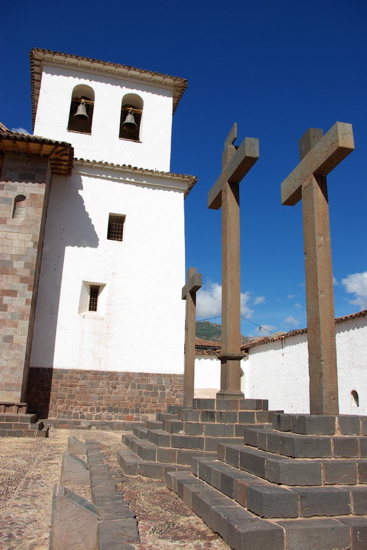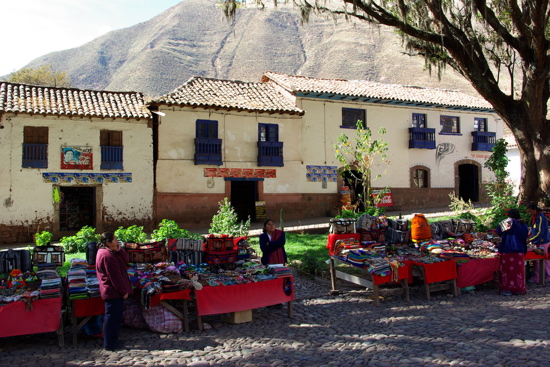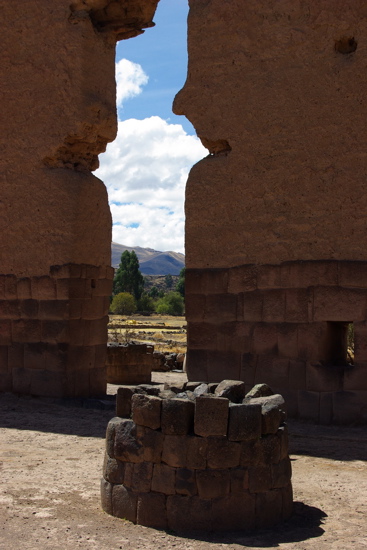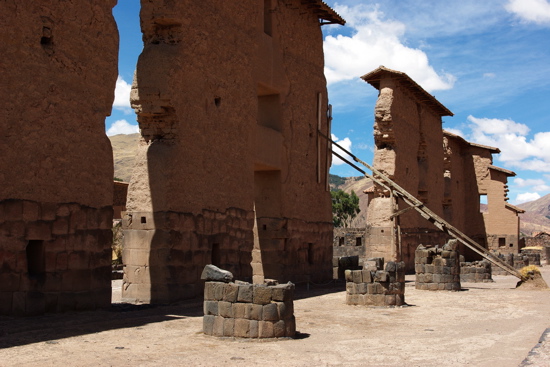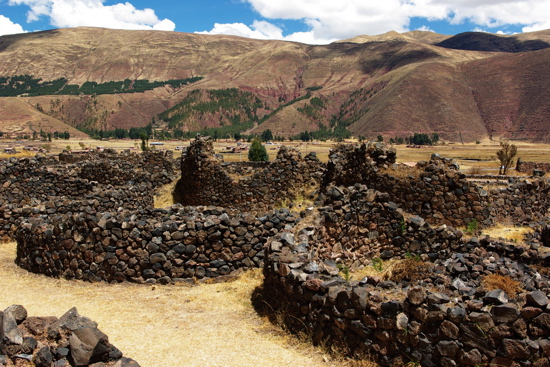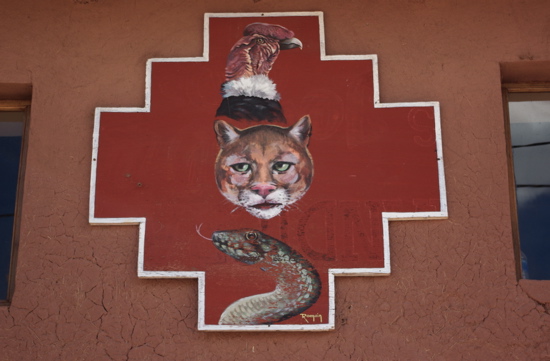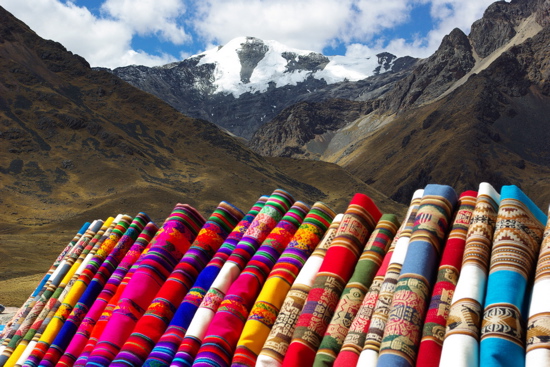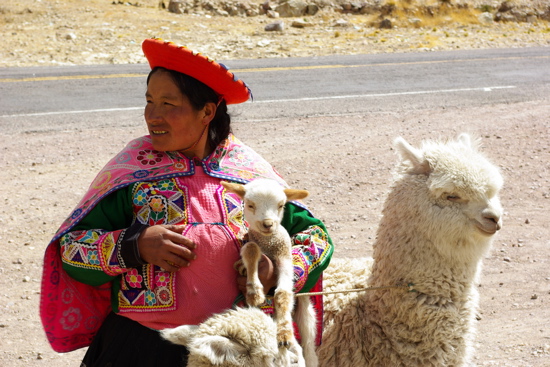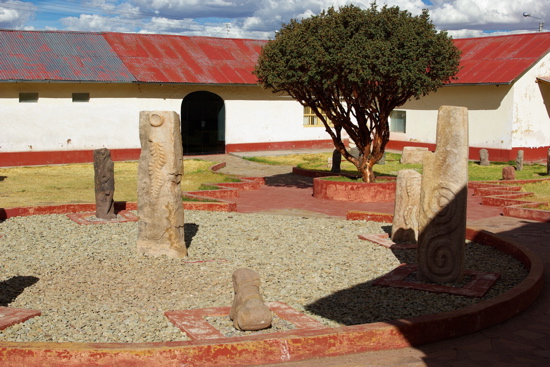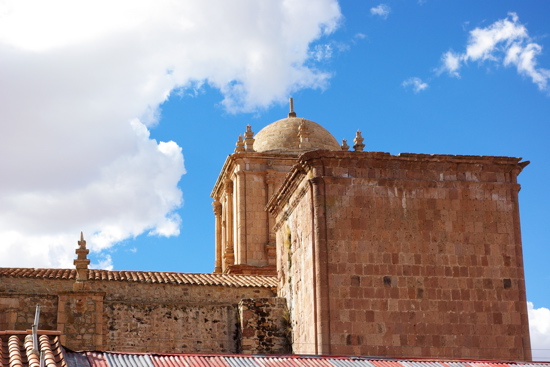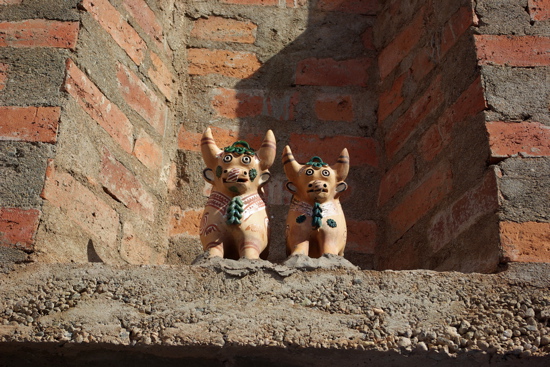So we were still in Peru. We had seen Cusco and the Sacred Valley, and then we spent one, two, three days on the Inca Trail to arrive at Machu Picchu. I’m sure you’re wondering what else we could have possibly done in Peru, because what else is there?
It turns out… not that much, relatively! But we saw it anyway!
The day that we visited Machu Picchu, we arrived back at our hotel in Cusco at 11:30pm. We woke up the next morning at 5:45am in order to pack, shower, eat breakfast, and take a taxi to the bus station, where we boarded a luxury double-decker tourist bus to Puno, a major city on the shore of Lake Titicaca. 5:45am?!? Pish, by the standards of the rest of our vacation, that’s sleeping in.
The tourist bus would make 5 stops on the 280-mile trip to Puno, making it an all-day affair. We didn’t mind, though. We were so physically exhausted that we just wanted to be ferried around and told what to look at.
The first stop was a Catholic church in Andahuaylillas, which according to our guide is called the Sistine Chapel of Peru — a rather ambitious pronouncement, because the only similarity is that the walls and ceiling are painted. We couldn’t take pictures in the church, but here is the exterior and the surrounding market.
The bus journeyed onto stop #2 in Raqchi, where we toured the Temple of Wiracocha, a massive Incan structure that formerly boasted a famously large roof. The typical Incan foundation supports adobe walls; our guide explained that the local stones were too volcanic and soft, so adobe was used. The round structures served as supports for the slanted roof.
As we toured the temple grounds, we passed a group of anglo New Agers, standing in complete serene silence with their fingertips extended to better receive some of that sacred Incan energy from the temple’s ruins. I hate to sound unenlightened, but they looked pretty freaking ridiculous.
Near the temple was a vast complex of about 100 stone storehouses, used to silo grain. These are unique in Incan architecture because storehouse were typically square, not round.
The condor, puma, and snake are three of the most important animals in Inca mysticism. The snake represents the underworld, the puma represents earth, and the condor represents the heavens. Here they are pictured on a Chakana, or Inca cross.
Lunch counted as stop #3. It was a typical tourist buffet that seemed particularly exciting to me after eating family-style meals on Inca Trail. I could eat as much alpaca as I wanted.
After lunch, the bus made stop #4 at La Raya. The only attraction at La Raya was the magnificent mountain view at 4335 meters above sea level, which I believe is the highest on Earth I’ve ever been in my life.
Our last stop was at the Pukara musuem, which has a number of artifacts from the Pukara era (pre-Incan society).
The town is famed across Peru for producing the “Toritos de Pucara,” which are little clay bulls that many residents place on their roofs for good luck.
By then, the fatigue of my largely-sleepless trek on the Inca Trail was catching up to me, and I eagerly climbed onto the bus to doze the rest of the way to Puno. “Huh? Oh, look, it’s Lake Titicaca. That’s nice.” The rest of the night was a blur — we arrived in the Puno bus station, where our hotel picked us up and brought us to a very large room with excellent cable TV. I laid in bed, almost too exhausted to go eat dinner but not quite. We wandered down Puno’s main street and had very nice local fish with wine that cost $30USD. And then, bed.
